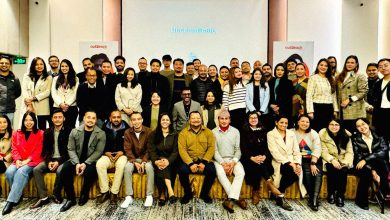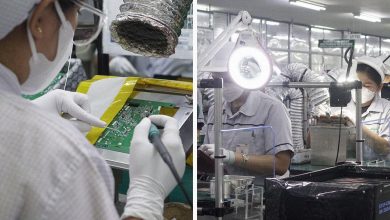MANILA – Keeping in mind that Android smartphones are arguably on the wishlist of most Filipinos this Christmas, Google Philippines took the opportunity to introduce the full features of the technology to first time users with a new campaign dubbed “Game Yan.”
Running from October 19 to April 20, 2016, customers who purchase any Android smartphone from MemoXpress or Junior MemoXpress branches nationwide will be assisted by front-liners who will guide them through core Google Applications such as Voice Search, Maps Offline, and YouTube Offline. They will also have the chance to win FREE SM Cinema Tickets if they answer a promo question using Google Apps.
Google is heavily focusing on mobile not just because of its popularity but for its significance for introducing people, especially in developing countries, to the ebiquotous world of the internet for the first time.
To date, 55% out of the 45 million internet users in the country are actually on smartphones, with 9 out of 10 phones running on Google Android OS.
“Google is in a continuous pursuit to make the world’s information accessible and available to everyone especially to first-time smartphone users,” said Ryan Morales, Google Philippines Country Marketing Manager. “We want their first mobile experience to be both enriching and fun with a little help from Google Apps.”










